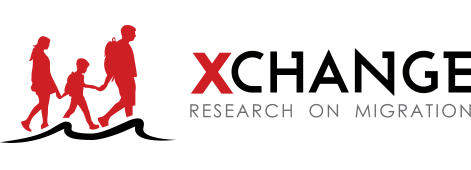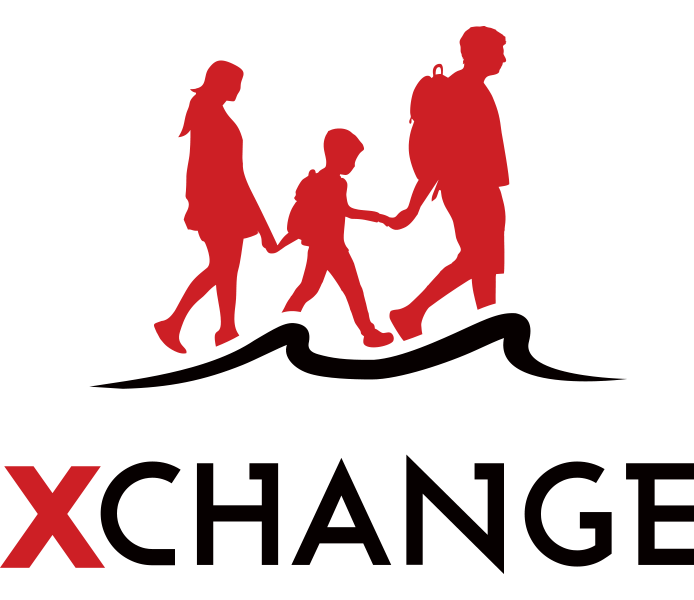It is currently estimated that, worldwide, around 1.4 million refugees are in urgent need of resettlement. Last year the UN refugee agency UNHCR resettled 63,696 people – a mere 4.5 percent of the total number. This year the numbers are increasing: UNHCR predicts there will be 12,000 refugees more in the high priority category for resettlement in 2020.

© Darrin Zammit-Lupi/MOAS.eu – all rights reserved
What is resettlement?
Resettlement is the transfer of refugees from a country of asylum to another state that has agreed to admit them and offer them permanent settlement. Every year, caseworkers for the UNHCR prepare files of eligible candidates. These candidates are typically people who cannot return home due to threats from conflict and persecution in their home country, or require support that cannot be provided by their country of asylum. Resettlement countries provide the refugee with legal and physical protection, including access to civil, political, economic, social and cultural rights similar to those enjoyed by nationals. For the chosen few, this can ultimately lead to permanent residency and citizenship.
Other routes to settling in a third country do exist. Known as complimentary pathways, these include family reunification, work and study permits and community sponsorship. As clarified by Grainne O’Hara, UNHCR’s Director of International Protection, resettlement is “not a solution for all the world’s refugees”. However, for those most at risk (and whose lives often depend on it) it is a lifesaving procedure.
What is happening globally?
There is a continuing shortage of governments across the world offering this sanctuary to refugees. Only a small number of States take part in UNHCR’s resettlement program. The need to expand capacity cannot be overstated: a tremendous gap exists between available places and number of cases. Last year the majority of UNHCR-facilitated resettlements were placed within the United States, Canada, United Kingdom, Sweden and Germany. The number of available places has been dramatically shrinking since 2016. This is largely due to an annual reductions in the US quota since 2017.

© Darrin Zammit-Lupi/MOAS.eu – all rights reserved
President Donald Trump’s administration
Every year since 1982 the U.S. admitted more refugees for resettlement than all other nations combined. That all changed in 2017 when, shattering a 35-year precedent, the U.S. accepted 30,000 fewer refugees than all the other nations. Since then Trump’s administration has continued to slash quotas year upon year. The ceiling for 2019 dropped from 45,000 to 30,000 people. The State Department announced in September that the cap for this year will be lowered to 18,000. This will have a significant impact on resettlement programming globally, creating a desperate void that has yet to be filled. Inevitably this task looks set to fall on the shoulders of Europe.
Europe
A decade ago, Europe’s global share of all refugees resettled through UNHCR was around 8%. Since then this share has risen sharply and, as of 2017, more than 40 percent have found new homes in Europe. Today, triggered primarily as a reaction to these internal needs, Europe is fast becoming an innovative center of new ideas for growing and strengthening resettlement. The SHARE network and the Resettlement and Humanitarian Admission Network by EASO are initiatives driving investment into designing and coordinating resettlement operations. Online tools have been developed, for example, that collate Syrian refugees’ skills prior to departure, speeding up access to training and work opportunities on arrival. In small towns and rural areas, across eight European countries, community orientation courses are being piloted by civil action groups. In addition, newcomers Croatia and Slovenia began their first resettlement operations in 2014, contributing in no small part to the 29,000 refugees who were resettled around Europe last year.
Brazil
Technological progress within Europe offers much to hope for with the future of resettlement. However, the continent would be unwise to neglect the kind of direct action that is urgently needed right now, which is often already being implemented by lower-resourced countries around the world. Looking to the global South as inspiration for how to accommodate refugees may perhaps not occur to many in the Western world; after all, typically these areas are seen as a source of refugees rather than a destination. But Brazil has offered up a pragmatic, humane and sensible approach that ought to serve as an example to wealthier countries. So far over 900,000 Venezuelans have entered Brazil through the northern border at a rate of about 500 per day. People whom (under the narrow terms of the UN Refugee Convention) would elsewhere be labelled migrants, are instead included as refugees by the Brazilian Government following a decision taken in June 2019. Arriving in brazil, Venezuelan’s are not greeted by detention centers and hostility; instead, immediate needs are met with shelter and basic services. To reduce the burden on the northern border state of Roraima, Brazil has been proactive in moving 27,222 Venezuelans to southern areas, where there are more opportunities for sustainable work and a new life. This processing operation has received well-deserved praise from the IOM.
Summary
The system in Brazil is by no means perfect; the quality and availability of public services is unequal, bureaucratic inefficiency and poor inter-state co-ordination causes confusion and delay. Within Brazil there are high reports of violence involving civilians and there is a lack of habitable and affordable accommodation. While the situation is not ideal it is offering a welcome alternative to thousands of severely traumatized children taken from their parents, thousands of deaths by drowning in the Mediterranean and the institutionalized abuse of thousands of people seeking refuge in detention centers. Europe’s comparative wealth, alongside its growing capacity and expertise, has the potential to lead the way in shaping a safe, welcoming, and mutually beneficial global resettlement space.
We at MOAS push for innovative, responsible and sustainable solutions to migration challenges and look to civil society and state partners to work together to create and expand them.



